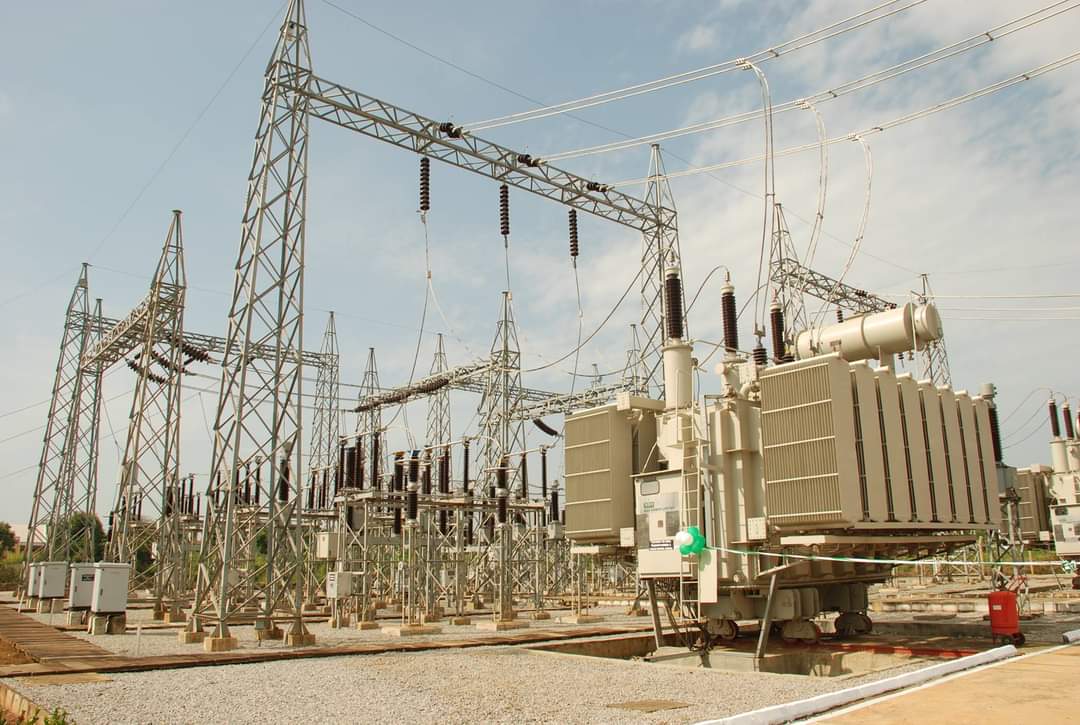Electricity in health-care facilities

Key facts
- Close to 1 billion people in low- and lower-middle-income countries are estimated to be served by health-care facilities without reliable electricity or with no electricity access at all.
- Electricity is needed to power critical and life saving medical devices as well as the most basic services such as lighting, communications and clean water supply. Electricity is crucial for the availability and reliability of essential health services, as well as for bettering health, with outcomes such as safe childbirth, vaccination, diagnostic capacity and emergency response.
- In low- and lower-middle-income countries of South Asia and sub-Saharan Africa, approximately 12% and 15% of health-care facilities, respectively, have no access to electricity.
- In sub-Saharan Africa, only half of hospitals have reliable electricity access.
- The energy access challenge is higher for health-care facilities in remote and rural areas.
Overview
Electricity is needed to power the most basic services in health-care facilities, from lighting and communications to clean water supply. Reliable power is also crucial for the medical equipment necessary to safely manage childbirth or to ensure immunization as well as for undertaking most of the routine and emergency procedures. Reliable energy provision – particularly electricity – is a major enabler of universal health coverage. A number of clean and cost-effective energy solutions, such as based on solar photovoltaic systems, are available and rapidly deployable to electrify health-care facilities sustainably and increase their climate resiliency.
Yet, as highlighted in the report Energizing health: accelerating electricity access in health-care facilities, close to 1 billion people in low- and lower-middle-income countries are estimated to be served by health-care facilities without reliable electricity access or with no electricity access at all. In low- and lower-middle-income countries of South Asia and sub-Saharan Africa, approximately 12% and 15% of health-care facilities, respectively, have no access to electricity whatsoever. There is a sharp urban–rural divide: urban health-care facilities often report more access to electricity and more reliable electricity than rural facilities in the same country.
Support, financing and investments need to be scaled up rapidly to accelerate health-care facility electrification. Other key actions include monitoring energy access in health-care facilities more systematically; providing the necessary resources to design and implement clean energy plans, tailored to the needs of the health sector; developing policy and finance schemes to unlock the potential of sustainable energy solutions, and to address the health sector needs.









